Welcome to hybrid life, 2022. Whether you’re in the classroom or conference room, you now have to consider both remote and in-person participants. Having crystal-clear audio is more important than ever, with those calling in not wanting to miss anything their in-person colleagues have to say. That's where ceiling microphones and beamforming technology come into play.

Simply put, a beamforming mic is “an array of microphones that use a beamforming algorithm to combine the signal of separate mics into a single stronger output signal," according to Chris Swartz, product manager for Sony Electronics. However, not all beamforming mics are the same.
"One issue with traditional beamforming microphone arrays is that their pickup pattern may vary with frequency,” explained Derek Graham, senior vice president research and development at ClearOne. “The pickup pattern of an imperfect beamforming microphone array typically has a main lobe that points in the ‘direction of look’ of the beam, along with undesirable sidelobes that point in other directions. A second issue is that the main lobe is typically wider at lower frequencies and narrower at higher frequencies. A third issue with common beamforming microphone arrays is that the sidelobes may be relatively large compared to the main lobe at some frequencies, so the amount of reverberant speech energy picked up by the sidelobes can be significant.”
[SCN Hybrid World: 11 Speakerphones for Today's Workspace]
Finding the right beamforming ceiling microphone is good for a wide variety of use cases, be it in an educational or corporate setting. Along with beamforming technology, there are quite a few benefits ceiling mics offer versus other types of conferencing equipment.

“One is aesthetics,” said Graham. “Ceiling mics in the form of a drop ceiling tile can blend in unobtrusively with other elements in in a room. Another is that table microphones may be covered up by documents on a table and are closer to noise sources like rustling papers, potato chip bags, and eating utensils. A single beamforming ceiling microphone array can replace several table microphones, which reduces the number of cable runs and the associated installation time and cost.”
While ceiling microphones certainly help avoid clutter, there are also two extremely large benefits: They are relatively easy to use and install. “The mic is actually always on, and that is a feature,” added Swartz. “You never have to turn it on from a switch or make sure the power is connected. That being said, one can easily mute the microphone from manager software or the control system.”
[Executive Q&A: Improving Hybrid Learning Audio]

“Thanks to steady improvements in microphone and DSP performance, as well as new form factors and mounting options, ceiling microphones take less time to install and configure than ever,” added Doug Daube, director of microphone systems at Shure.
However, it is important to know your surroundings. There are environments in which a ceiling mic is less than ideal. Daube advised to keep ceiling mics away from noises sources like HVAC vents and loudspeakers.
“It’s not a good idea to use these mics in wide open spaces,” Swartz added. “Specifically, where the ceiling is very high, and noise is bouncing around all over the room.”
[Best Practices: Today’s Hybrid Corporate Classroom]
Ease of installation and use. Innovative beamforming technology. A clutter-free workspace. It does seem that ceiling mics are the ideal solution for today's age of hybrid work. But how many ceiling mics are the right amount?
“The number of microphones needed depends on many factors like the microphone’s capabilities, the room size, acoustics, ceiling design, number of people, seating layout, and purpose [whether it is] videoconferencing, presentations, or distance learning,” said Daube. “It’s important to have a qualified system designer or integrator figure out the right solution for each client’s situation.”
[33 AV/IT Products That Make a Difference in the Hybrid Workplace in 2022]
As with any technology, ceiling mics come in different shapes and sizes with different features and functionalities. Here are several current models from manufacturers for your consideration.
Angekis Technology ASP-C-01
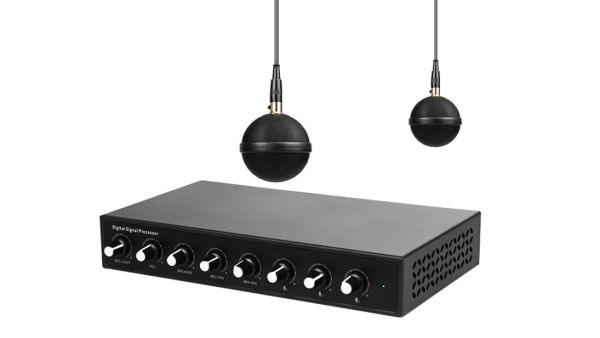
Angekis ceiling microphone systems provide all-around audio in videoconferencing and live production environments with its USB and REC outputs. Crafted with innovative processing technologies, Angekis ceiling mics provide excellent audio quality with features that include adaptive echo cancellation, noise suppression, speech gain adjustment, and smart mixing. The ASP-C-01 can adapt and expand, equipped to intake two suspended ceiling microphones, output to two external speakers, and intake one wireless microphone, a sound console, and output to a recording system.
Audio-Technica ATND1061
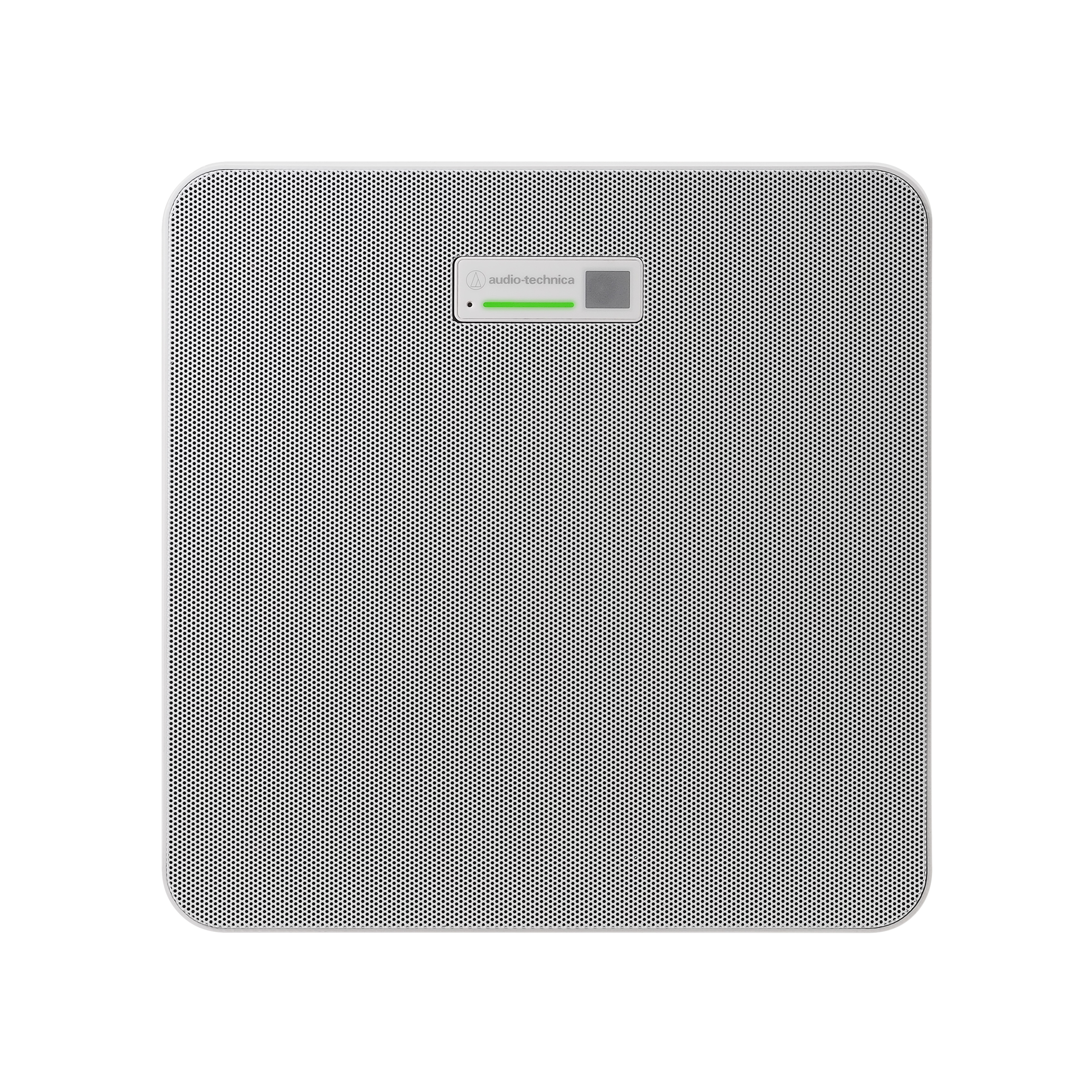
The ATND1061 beamforming ceiling array microphone is an ideal solution for conference rooms, boardrooms, and meetings spaces large and small. Designed in a familiar form factor—roughly the size of a wireless access point—the ATND1061 is easy to install, setup, and operate. It may be used by itself or in multiples for larger meeting spaces to capture every person speaking in a room with clear, natural audio that reduces distracting environmental sounds. Room configuration, zone setup, and other settings are handled through Audio-Technica's user-friendly Digital Microphone Manager software application. The ATND1061 has six Individual output channels, which collectively can be configured with up to 32 user-defined microphone pickup zones, providing the flexibility to cover a wide variety of room sizes and meeting types.
Audix M45 Shortgun Ceiling Mic
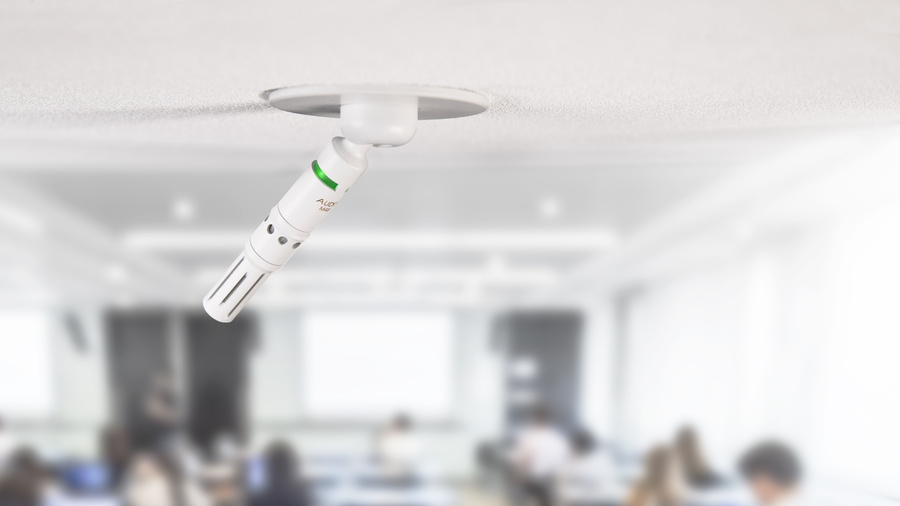
The M45 Shortgun miniaturized shotgun condenser ceiling mic covers up to 150 square feet with remarkable sensitivity and exceptional audible sound, making it ideal for use in boardrooms, classrooms, large lecture halls, and hospitals. Both versatile and amiable, the M45 features a low-profile, swivel-and-pivot base and is optimized for voice intelligibility, offers high sensitivity and immunity from RF interference, and is easy to install. Mic-level signal and LED control Is via an RJ45 connection, and an adapter is included to convert from RJ45 to an 8-conductor pluggable terminal block.
Biamp Parlé TCM-X Ceiling
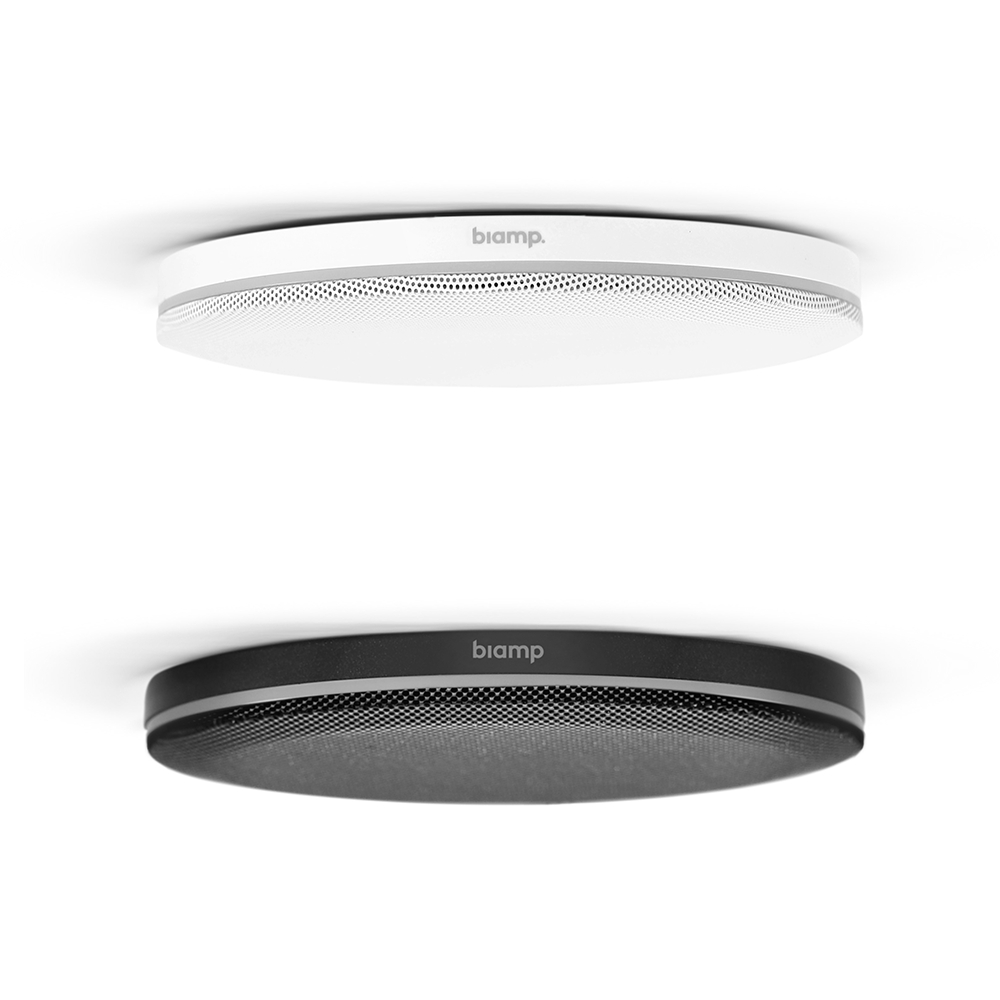
The TCM-X is an AVB, high-quality, low-profile, unobtrusive ceiling microphone for use in Biamp's Tesira systems. Each TCM-X—comprised of a network box and a ceiling mic—has Biamp's Beamtracking technology with four 90-degree zones enabling 360-degree coverage of the meeting space or classroom. With active tracking and intelligent mixing of conversations, far-end participants can experience conversations anywhere around the table, much like an in-person experience. The TCM-X is ideal for many use cases in various room sizes with 10-Inch ceilings or lower.
ClearOne BMA 360 with Voice Lift
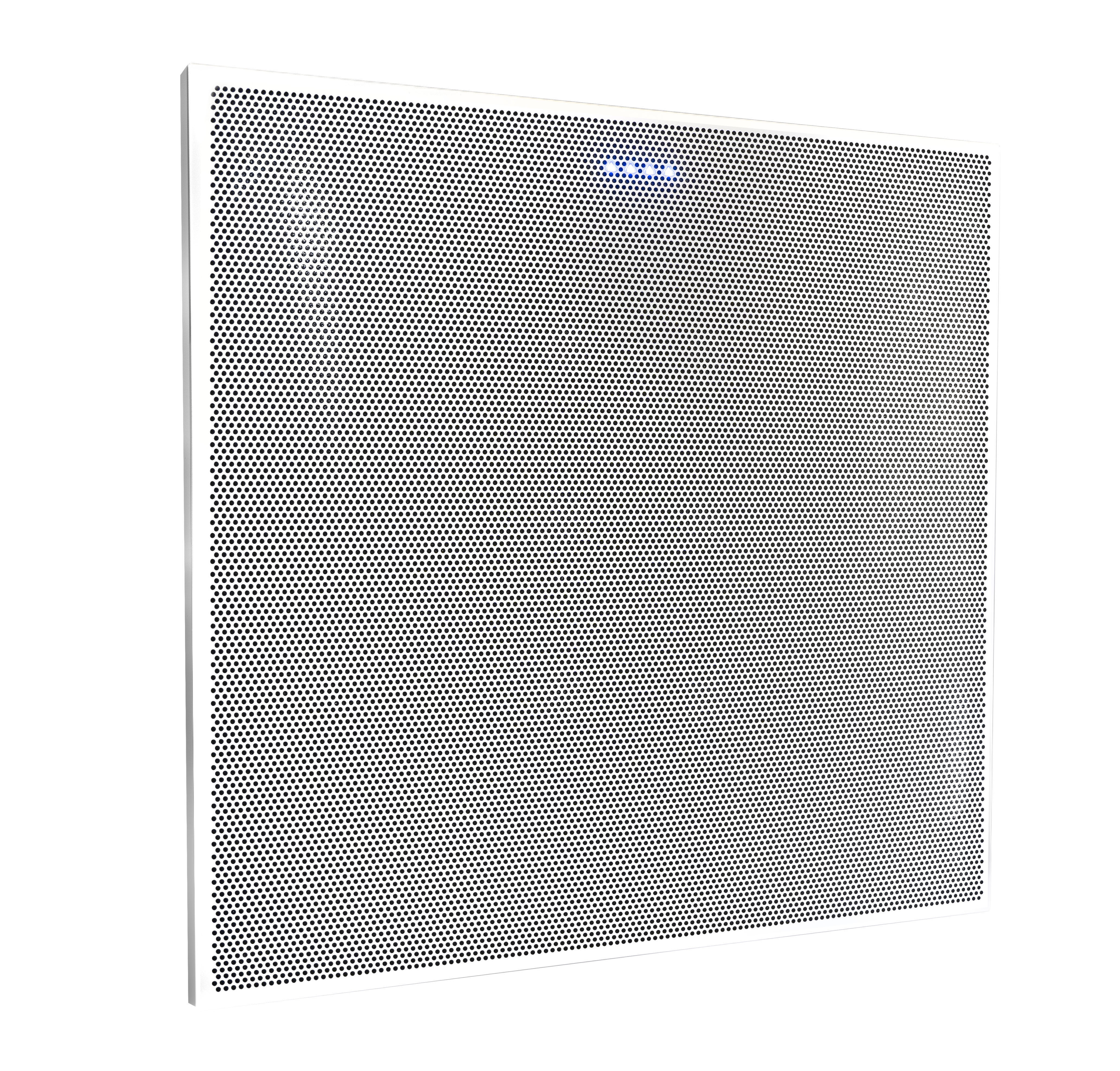
Not only does the BMA 360 with Voice Lift deliver on high-quality audio performance and deployment ease, it offers a variety of other features, including echo and noise cancellation, auto-mixing, power amplifiers, and camera-tracking functions. The BMA 360 is unique as an ultra-wideband, frequency-invariant beamforming mic array with uniform gain response across all frequency bands. With FiBeam technology, conference participants experience natural and full-fidelity audio across all beams with a single beam. DsBeam provides sidelobe depths below -40dB, resulting in superior rejection of reverb and noise while creating superb clarity and Intelligibility.
Sennheiser TCC2
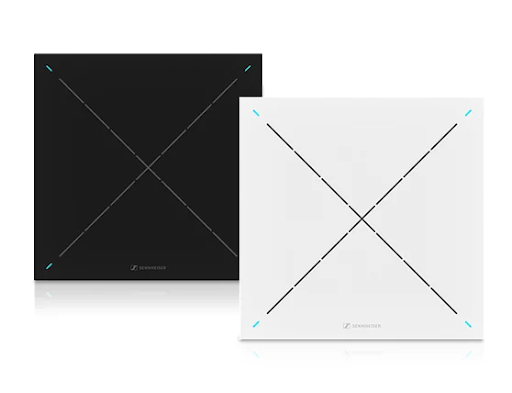
With its patented automatic dynamic beamforming technology, the TeamConnect Ceiling 2 automatically follows the active speaker's voice, letting people speak naturally—whether they are sitting, standing, or walking. With TruVoicelift and advanced zone control, TCC2 combines the advantages of a boundary microphone and a microphone array, offering unparalleled levels of control with a priority zone (allowing a single area In the room to be highlighted), five advanced exclusion zones (for pinpoint targeting and removal of unwanted noise sources), and more. Via the latest version of Sennheiser Control Cockpit, the ceiling microphone can easily be operated and monitored from anywhere in the campus network.
Shure MXA920
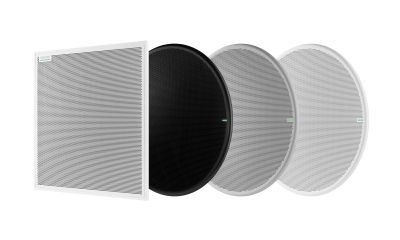
The brand-new Shure MXA920 ceiling array microphone delivers Automatic Coverage Technology and provides pre-configured audio capture with minimal setup required, dramatically reducing the time and cost of deployments for integrators. The MXA920 also employs Next Generation Array Architecture for enhanced directional pickup and more natural speech. Plus, the onboard IntelliMix DSP delivers noise and echo-free performance as well as unprecedented audio clarity and intelligibility for AV conferencing across various room types, including executive boardrooms, hybrid classrooms, and meeting spaces. Two form factors support design integration into even the most sophisticated facilities and meeting spaces.
Sony MAS-A100
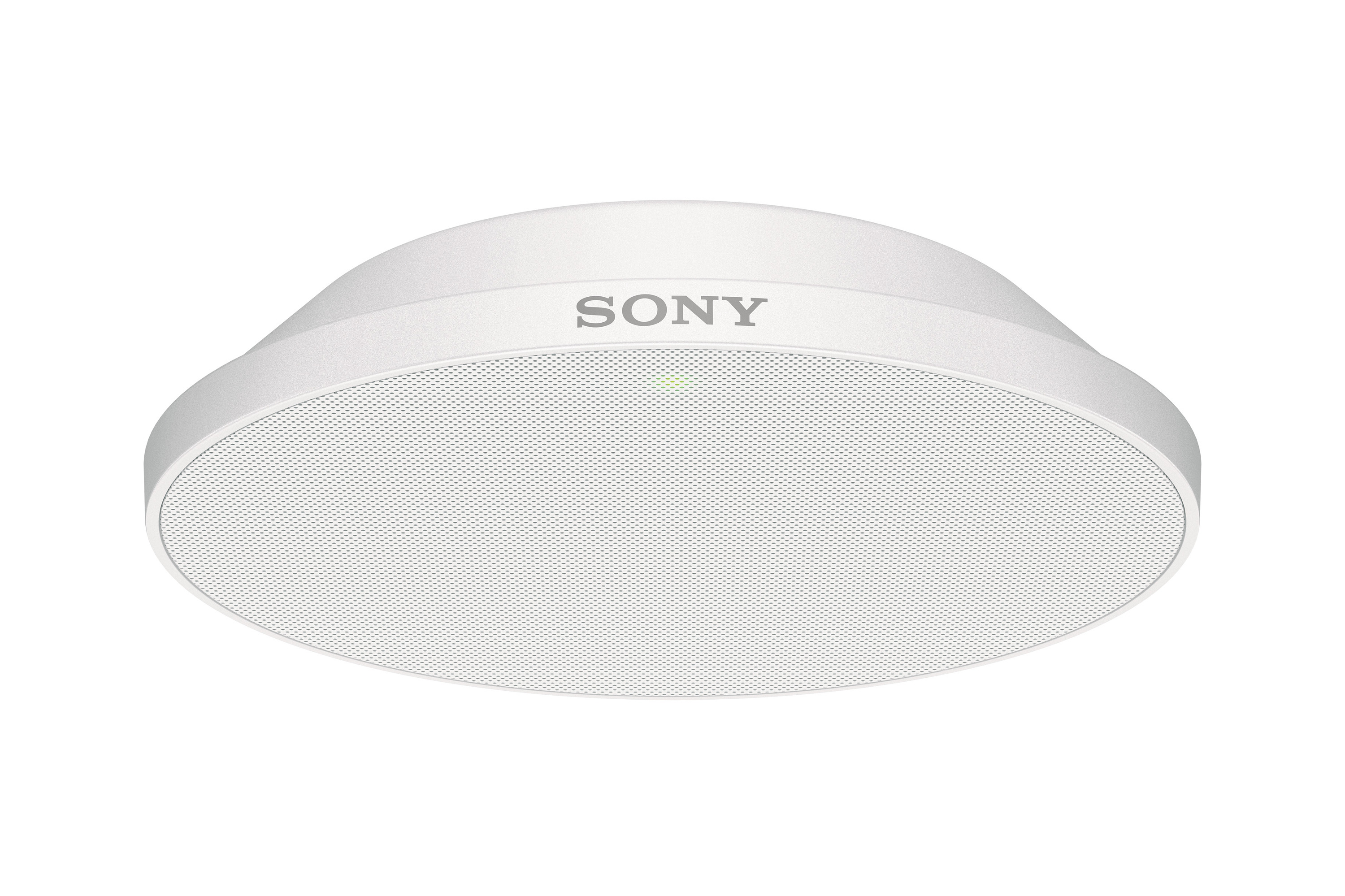
The MAS-A100 beamforming ceiling microphone is a hands-free lecture and presentation solution with advanced speech reinforcement technology enabling truly hassle-free lectures and presentations. This microphone system has dedicated channels for speech reinforcement and recording, with comprehensive audio volume stabilization and clear audio processing to produce sharp recordings. The dedicated record channel provides a wider capture range and optimal Intelligibility—perfect for lecture capture. Supporting Dante and PoE, the MAS-A100 links with third-party systems via a single cable connection. Auto-calibration streamlines system configuration, and settings can easily be adjusted via the network using free MASM-1 management software.
Yamaha RM-CG
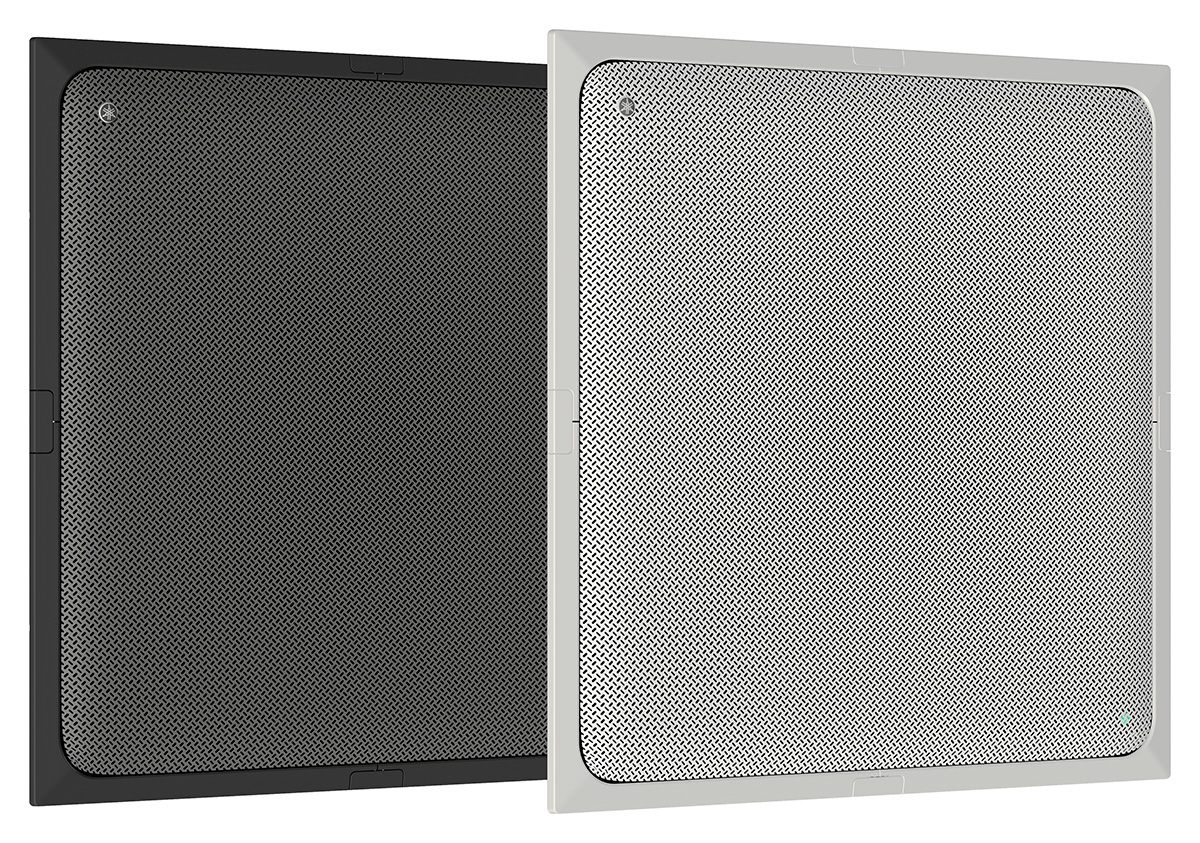
The Yamaha RM-CG Dante-enabled ceiling-mount microphone includes all of Yamaha's powerful technologies—including automatic voice tracking, auto gain control, adaptive echo cancellation, noise reduction, and reverberation suppression—for optimal collaboration experiences, while seamlessly integrating with the room's existing conferencing equipment or a variety of third-party components. The RM-CG also features Yamaha's dynamic beam tracking, which utilizes multiple beams to automatically track voices within the room simultaneously, eliminating the need to program fixed lobes, which can often lead to dead spots with the meeting space. Design changes or room setup flexibility can also be done without the need to reprogram microphones.

